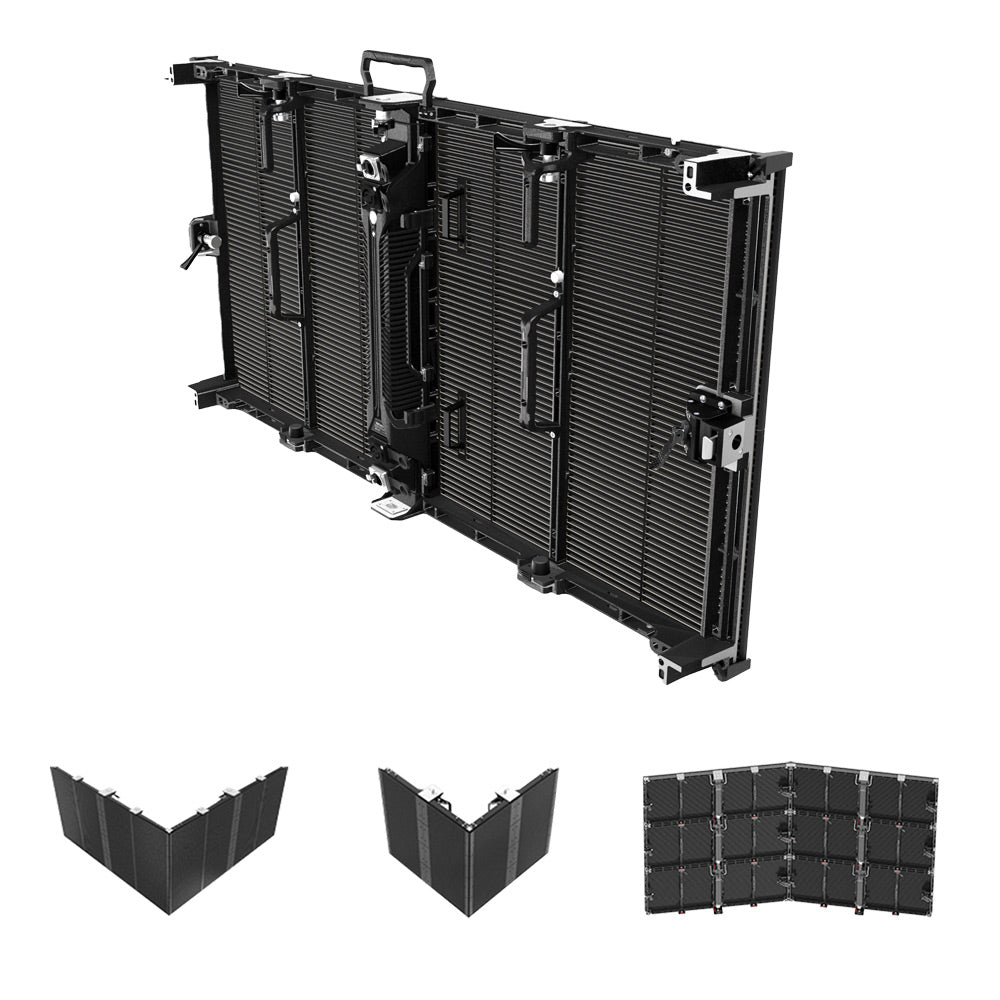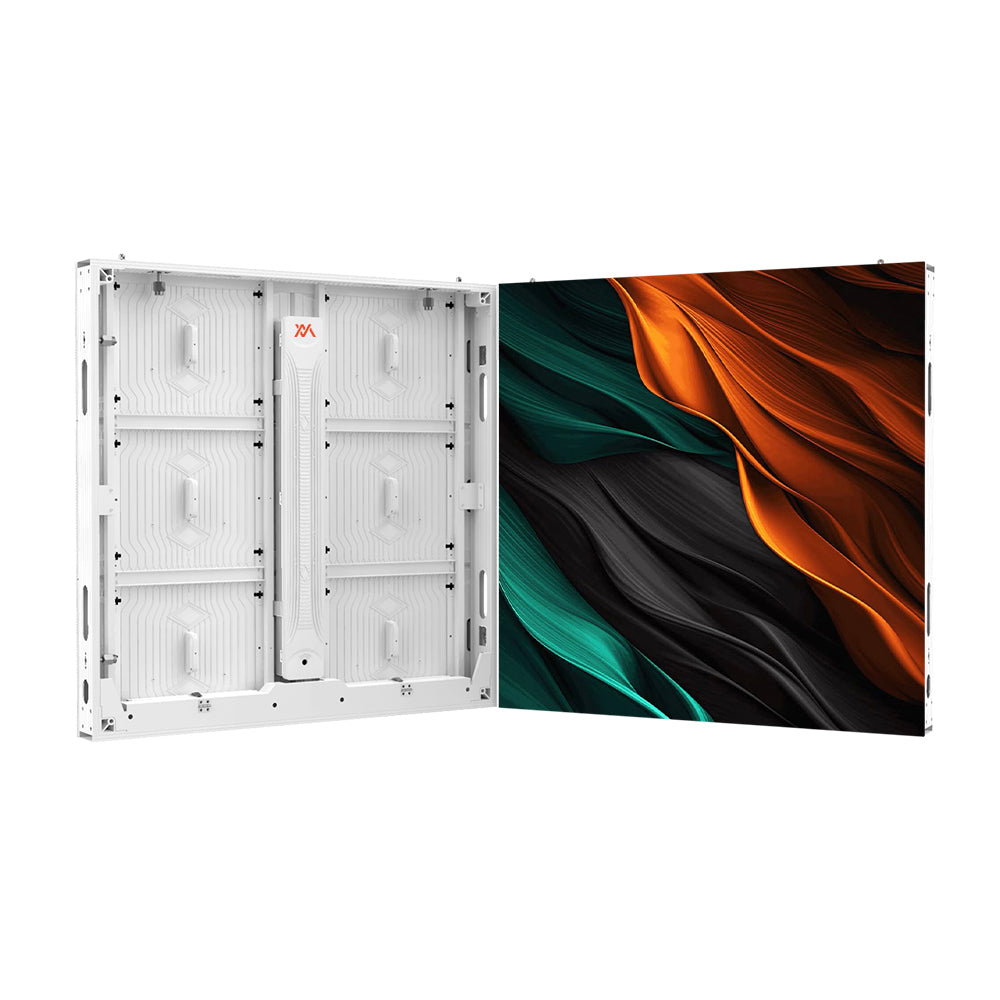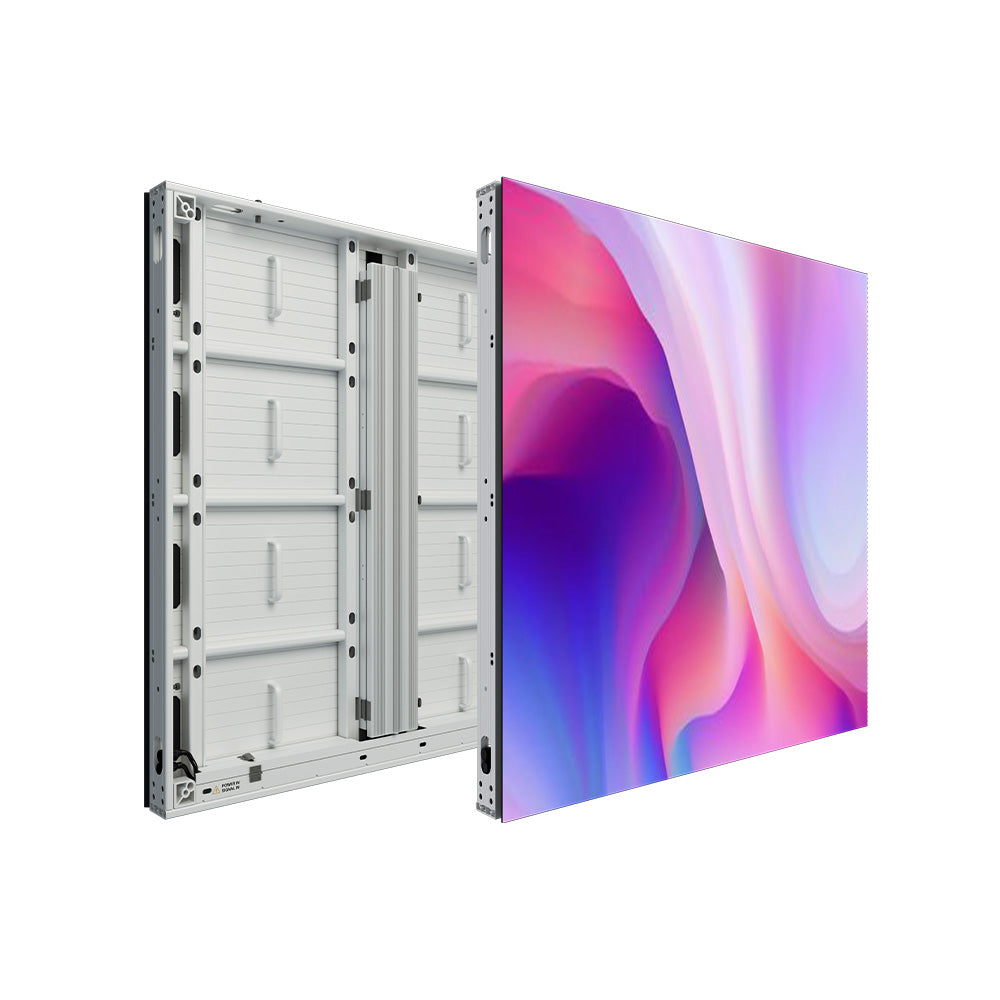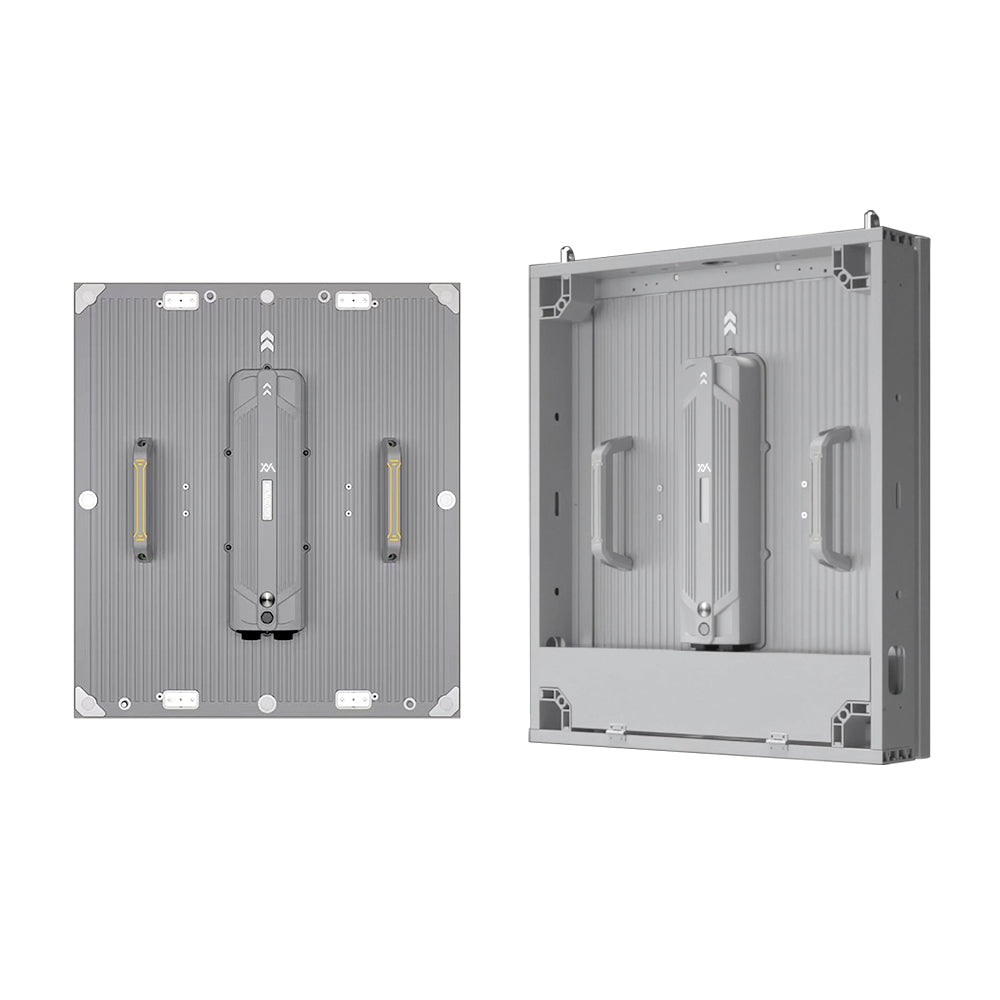How to Choose the Right Outdoor LED Billboard? These 5 Key Specs Say It All.
In the ever-evolving world of outdoor advertising, LED displays have become the go-to solution for impactful, large-scale communication. However, not all LED screens are created equal. How do you choose the right one for your project?
At VMX Visual, we believe in tech-driven clarity. Here’s a breakdown of the 5 critical technical factors you need to understand before choosing an outdoor LED screen.
1. Brightness: 10,000+ Nits – The “Super Bright” Standard
Outdoor displays must maintain visibility under direct sunlight. That’s why we advocate for the “10,000-nit level” – anything below that risks poor performance in harsh lighting environments.
VMX's MARS series supports brightness levels exceeding 10,000 nits, ensuring your content remains crisp and vivid even at midday.
2. Energy Efficiency: Save 30%, Use <1kWh/Day
Power consumption matters—both for your electricity bill and sustainability goals.
- VMX Visual displays consume 30% less energy than the industry average.
- Our optimized circuit design allows a single LED cabinet to consume less than 1 kWh/day in real conditions.
- Maximum power consumption is just 400+ watts/sqm, setting a new bar for efficient outdoor operation.
3. Pixel Pitch: Use the “1,000 Rule” to Match Viewing Distance
A simple rule of thumb helps you pick the right pixel pitch:
Best Viewing Distance (meters) ≈ Pixel Pitch × 1,000
So:
- P10mm suits 10m+ distances (ideal for highway billboards).
- P4mm–P6mm is better for crowded pedestrian areas or medium viewing ranges.
Don’t overpay for unnecessary pixel density—choose what fits your scenario.
4. Contrast Ratio: Black Mask + Brightness Design
A good outdoor LED screen needs more than just high brightness—it needs high contrast for dynamic visuals.
- Black mask technology enhances perceived contrast by minimizing ambient reflection.
- High brightness improves white luminance, increasing the contrast ratio further.
- While MicroLED isn’t mainstream in outdoor yet, using black LED lamps is a current effective alternative to boost contrast.
5. Stability: Thermal Management = Long-Term Reliability
High-power LED systems generate heat, and thermal control becomes mission-critical.
- In white-balance testing, internal power box temperatures should not exceed 70°C.
- If temperatures spike, LED brightness decay accelerates, and even hardware failures like black screens or reboots may occur.
VMX VISUAL adopts superior thermal design and auto temperature monitoring systems to ensure long-term reliability.
6. Outdoor LED Product Comparison – VMX Visual
7. Conclusion
Choosing an outdoor LED screen is not just about specs—it’s about finding the right balance of performance, cost-efficiency, and long-term reliability.
At VMX Visual, we engineer each product line to meet the nuanced demands of different outdoor applications. Whether it’s extreme brightness, lightweight design, or advanced stability, we’ve got a solution built to last.
Need help selecting the right screen for your next project?
Reach out to VMX Visual – your gateway to next-level visual experiences




